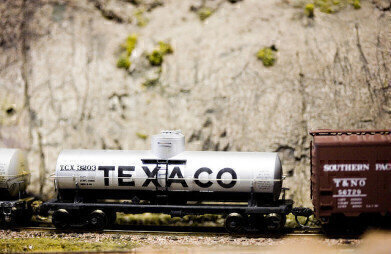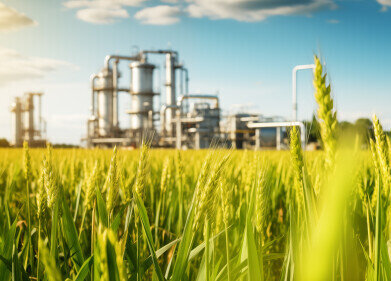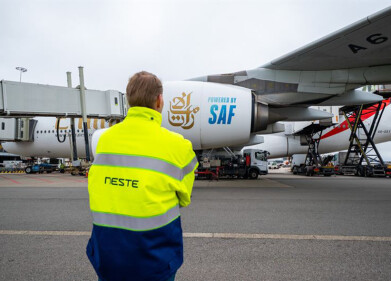Fuel for Thought
What is the Strategic Petroleum Reserve?
Nov 10 2015
Over the past few decades the world oil market has fallen victim to a myriad of jeopardies. From the months following Operation Desert Storm in 1991, the year Saddam Hussein commandeered the invasion of Kuwait and the aftermath of Hurricane Katrina’s wrath in the Gulf of Mexico, the market is at constant risk of a colossal crash.
For this reason the USA has a serious disaster aversion strategy in place. It takes the form of a 727 million barrel stash of oil – aka the Strategic Petroleum Reserve. The secret weapon was officially created in 1975 after the embargoes of 1973-74. Essentially it’s a federally controlled oil stockpile that protects the country against disruptions to the global oil market, and its national supply.
The USA’s ‘secret weapon’
When conditions are stable the oil sits in stockpile, generally at around 700 million barrels. In 2007 George Bush upped the limit to 1.5 billion barrels, though this has not yet been necessary. When markets are shaken up the USA enjoys the peace of mind that it has hundreds of millions of barrels ready to deploy at any moment. The official Energy Policy and Conservation Act (EPCA) dictates scenarios when oil can be released, with Desert Storm and Hurricane Katrina making the cut. The act includes five major categories, as follows:
Emergency drawdown – This gives the USA full access to the reserves when the country is in a state of emergency.
Full drawdown – This category kicks in when the president confirms there is a shortage to the nation’s energy supply that could jeopardise the nation’s safety and economy.
Limited drawdown – Oil is released to prevent situations from escalating into emergencies.
Non-emergency sales/test sales – This refers to small batch releases intended to raise revenue.
Exchanges – Trades that replace the reserves with higher quality oil. Resources are also used to help petroleum companies experiencing delivery issues.
The entire reserve is controlled in accordance with official guidelines for acquisition procedures that were introduced in 2006. They see the U.S. Department of Energy (DOE) continually analyse the current oil economy to ensure that oil is bought and sold at a fair price.
While the world’s oil supplies are at imminent risk of depletion, there are still plenty of sites brimming with crude. ‘The Kirkuk Oilfield’ introduces readers to one of northern Iraq’s most lucrative sites, with an estimated reserve of over 10 million barrels. The area has been controlled by the Iraq Petroleum Company since 1934, however there is controversy over management during the regime of Saddam Hussein.
Image via Flickr Creative Commons. Credits: Thomas Hawk
Digital Edition
PIN 25.2 Apr/May
May 2024
Safety - Carbon monoxide toxic and flammable gas detection Analytical Instrumentation - Density: A fundamental parameter at critical stages within the petroleum sector - Advancements and...
View all digital editions
Events
May 20 2024 Columbus, OH, USA
May 20 2024 Dubai, United Arab Emirates
May 23 2024 Beijing, China
May 23 2024 Beijing, China
May 28 2024 Tel Aviv, Israel


















